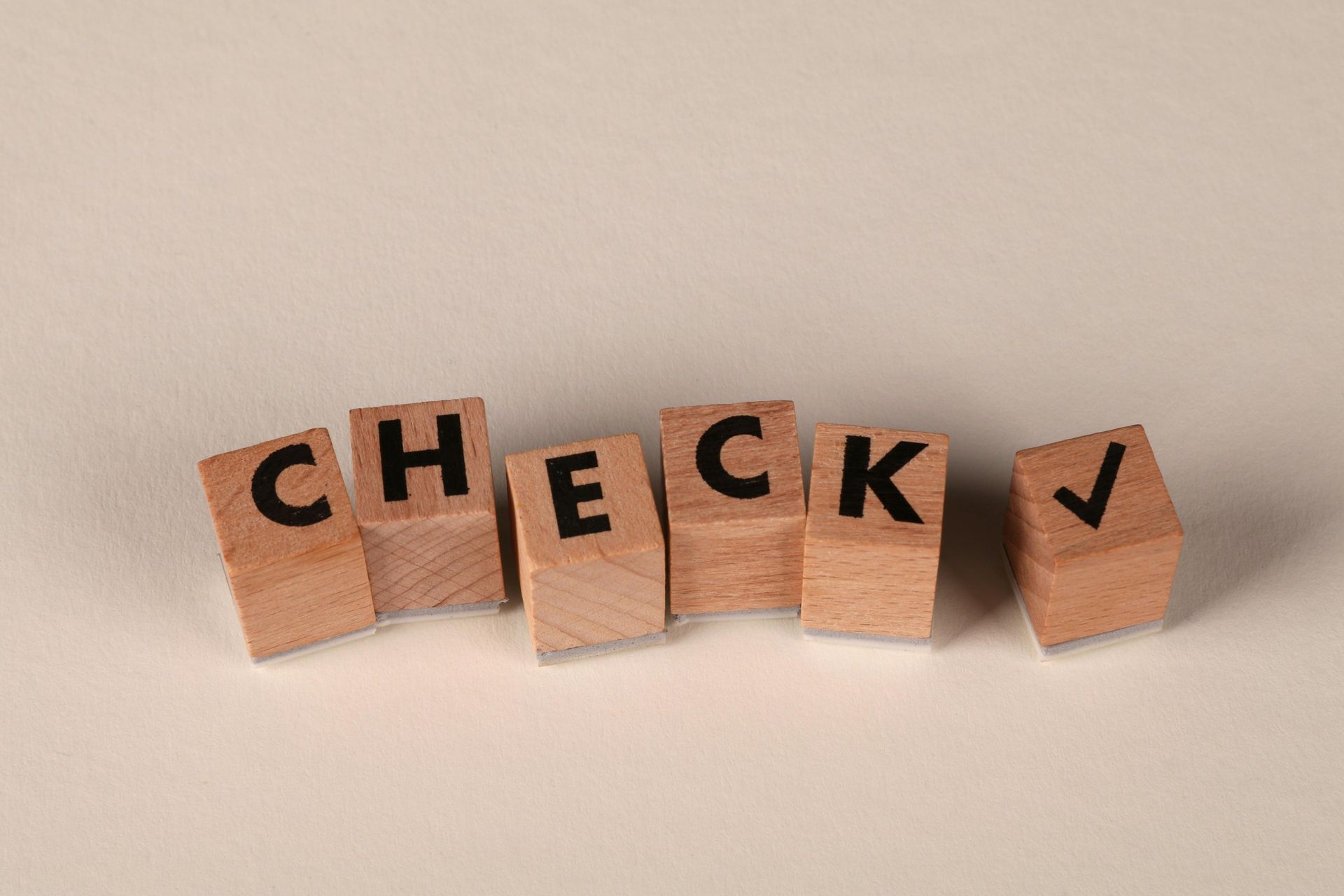Trademark Disclaimers
ATTORNEYS IN DALLAS
Discover how disclaimers function in trademark applications, allowing applicants to exclude specific ineligible elements and clarify exclusive rights within the composite mark.
Trademark Disclaimers
In situations where a component of your trademark is not eligible for registration, the applicant may be asked to provide a disclaimer for that particular element. Typically, this issue arises when an Examining Attorney reviews the trademark application and issues an Office Action. Alternatively, an applicant may choose to voluntarily submit a disclaimer when filing the application. If a portion of the trademark is generic, a descriptive name for the goods or services, or something that is incapable of functioning as a trademark, it must be disclaimed. A disclaimer can be limited to specific classes, goods, or services.
The purpose of a disclaimer statement is to indicate that the applicant does not claim exclusive rights to use that specific element of the trademark on its own. The exclusive rights reside in the composite mark, which consists of separable elements. For instance, a composite mark may include distinct word elements or a combination of words and design elements.
The practice of requiring disclaimers is based on the Trademark Act of 1946 (§6, 15 U.S.C. §1056). The disclaimer statement will be printed on the Certificate of Registration but is not required to appear on packaging, labels, tags, or promotional materials. Consumers will not encounter disclaimer statements in the marketplace.
Failure to comply with an Examining Attorney's request for a disclaimer may result in the refusal of the trademark application. It's important to note that an applicant is not entitled to disclaim the entire mark. The Examining Attorney has the discretion to require a disclaimer for a specific element. The disclaimer statement does not need to analyze every product or service described by the applicant. The Examiner only needs to identify one product or service in the application for which the trademark is descriptive.
How To Avoid Using A Trademark Disclaimer
Clients often ask if there is a way to avoid including a disclaimer in the trademark registration. The answer is possibly, if it can be successfully argued that the mark is part of a unitary mark or a separable unitary element. A trademark or a portion of a mark is considered unitary if it creates a distinct commercial impression separate from any unregistrable component. For more information on unitary trademarks, please refer to our webpage titled "What Is A Unitary Trademark?" Essentially, if the elements of the mark are perceived as tightly merged and indivisible by consumers, then it is considered unitary. Some factors considered by the Examiner include:
(1) physical connection of the mark's elements;
(2) relative location of the elements; and
(3) the meaning associated with the goods and services.
An example of a unitary mark is the term "BLACK MAGIC." While "black" may have a descriptive color meaning, it does not need to be disclaimed when used with goods, even if the goods are black. The rationale is that when the terms "black" and "magic" are used together, the mark as a whole acquires a new meaning, and the descriptive interpretation is lost because the mark functions as a unit.
If a pictorial element in a trademark represents descriptive material, it may require a disclaimer, treating it as equivalent to a written word. However, if the pictorial representation is highly stylized and creates a distinct commercial impression, it may not necessitate a disclaimer. Determining whether a disclaimer statement is necessary for trademark registration is a significant decision, and applicants should seek guidance from trademark counsel.
- 66(a) Applications
- Abandoning a Trademark Application or Withdrawing a TTAB Proceeding
- Abandonment and Nonuse
- Abbreviations as Trademarks
- Accelerated Case Resolutions
- Acquired Secondary Trademark Meaning
- Amending Trademark Application
- Assigning a Trademark
- Assigning a Trademark and the Intent to Use Application
- Avoiding Fraud on Trademark Applications
- Avoiding Trademark Litigation
- Basis for Filing a Trademark
- Benefits of Registering a Trademark
- Bona Fide Intent to Use
- Celebrity Trademarks
- Challenging the Relatedness Factor
- Challenging Trademark Rights
- Claims in a Notice of Opposition
- Co-Existence Agreements
- Common Law Trademarks in the Internet Era
- Common Law Use and Priority
- Conflicting Marks
- Consent Agreements
- Constructive Use Priority
- Dates of Use
- Defenses in Opposition and Cancellation Proceedings
- Descriptive or Generic Trademarks
- Design Marks
- Design Trademarks
- Determining Trademark Similarities
- Discovery in TTAB Proceedings
- Dividing a Trademark Application
- Drawing Page
- Electronic Display Specimens for Trademarks
- Evidence in TTAB Proceedings
- Evidence of Acquired Distinctiveness
- Expediting Trademark Cancellation for Nonuse or Abandonment
- Extending Time to Oppose
- Factors of a Likelihood of Confusion Analysis
- False Suggestions of Connection
- Famous Trademarks and Likelihood of Confusion and Dilution
- Filing an Opposition or Cancellation Proceedings
- First Sale Doctrine
- Five Years of Use
- Foreign Trademark Rights
- Generic Trademarks
- Geographic Trademarks
- Hiring Trademark Counsel
- Immoral and Scandalous Trademarks
- Incontestability of U.S. Trademarks
- International Trademark Filings
- Joint Trademark Ownership
- Lawful Use of a Trademark in Commerce
- Likelihood of Confusion Analysis
- Likelihood of Confusion Refusal
- Merely Descriptive Trademarks
- Multiple Bases for a Trademark Application
- Overcoming and Ornamentation Trademark Refusal
- Personal Name Trademarks
- Principal and Supplemental Registers
- Protecting Single Creative Works
- Recording Trademark Assignments
- Refusal of a Trademark
- Refusing a Trade Dress Application
- Registering a Certification Trademark
- Registering a Service Mark
- Registering a Trademark That Lacks Inherent Distinctiveness
- Registering an International Trademark
- Relatedness of Goods or Services
- Request for Reconsideration in Trademark Office Action
- Requirements for International Trademark Application
- Revive an Abandoned Trademark Application
- Secondary Meaning
- Source Confusion
- Special Trademark Applications
- Standard Character and Special Format Marks
- Standing in Opposition and Cancellation Proceedings
- State Trademark Registration
- Statement of Use Extensions
- Tacking Doctrine
- Technical Trademark Use
- The Supplemental Register
- Trade Dress
- Trade Dress Application
- Trademark Application
- Trademark Clearance Searches
- Trademark Disclaimers
- Trademark Licensing
- Trademark of Authors, Performing Artists, and Characters
- Trademark Ownership
- Trademark Protection In Texas
- Trademark Settlements
- Trademark Specimens
- Trademark Specimens
- Trademark Use by Related Company
- Trademark Use in Advertising
- Trademark Use in Commerce
- Trademarking a Distinctive Mark
- Trademarking a Hashtag
- Trademarks for Musical Artists
- TTAB Discovery Rules
- TTAB Proceedings
- U.S. Service Mark
- U.S. Trade Dress
- Understanding Trade Channels
- Unitary U.S. Trademark
- Universal Symbols as Trademarks
- Using Secondary Sources
- What is an Ex Parte Appeal?
- Where to Register a Trademark
- Who Must File a Trademark?
Contact an Experienced Trademark Attorney
If you need legal advice regarding your trademark rights, assistance with trademark prosecution, or representation in a domain name dispute, contact Wilson Whitaker Rynell. Our team of trademark lawyers has extensive experience in all aspects of trademark and copyright law, including the filing of trademark applications and representing clients in defense or prosecution before the Trademark Trial and Appeal Board.
CLIENT MATTERS
5,000+
YEARS OF SERVICE
25+
Award Winning
Recognized in the legal industry as dedicated board-certified lawyers and Rising Stars.
Expert Team
Your project will be handled by legal experts every time. You will have the most experienced attorneys working for you.
Quality Representation











